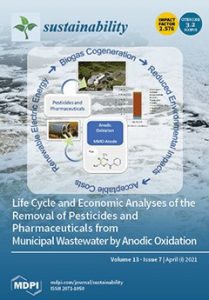 Журнал — Sustainability
Журнал — Sustainability
Semenova, O., Apalkova, J., & Butovskaya, M. (2021). Sex differences in spatial activity and anxiety levels in the COVID-19 pandemic from evolutionary perspective. Sustainability, 13(3), 1110. https://doi.org/10.3390/su13031110
Despite the enforced lockdown regime in late March 2020 in Russia, the phenomenon of the continued virus spreading highlighted the importance of studies investigating the range of biosocial attributes and spectrum of individual motivations underlying the permanent presence of the substantial level of spatial activity. For this matter, we conducted a set of surveys between March and June 2020 (N = 492). We found that an individual’s health attitude is the most consistent factor explaining mobility differences. However, our data suggested that wariness largely determines adequate health attitudes; hence, a higher level of wariness indirectly reduced individual mobility. Comparative analysis revealed the critical biosocial differences between the two sexes, potentially rooted in the human evolutionary past. Females were predisposed to express more wariness in the face of new environmental risks; therefore, they minimize their mobility and outdoor contacts. In contrast to them, the general level of spatial activity reported by males was significantly higher. Wariness in the males’ sample was less associated with the novel virus threat, but to a great extent, it was predicted by the potential economic losses variable. These findings correspond to the evolutionary predictions of sexual specialization and the division of family roles.
Статья доступна здесь — Sex differences in spatial activity and anxiety levels in the COVID-19 pandemic from evolutionary perspective.



